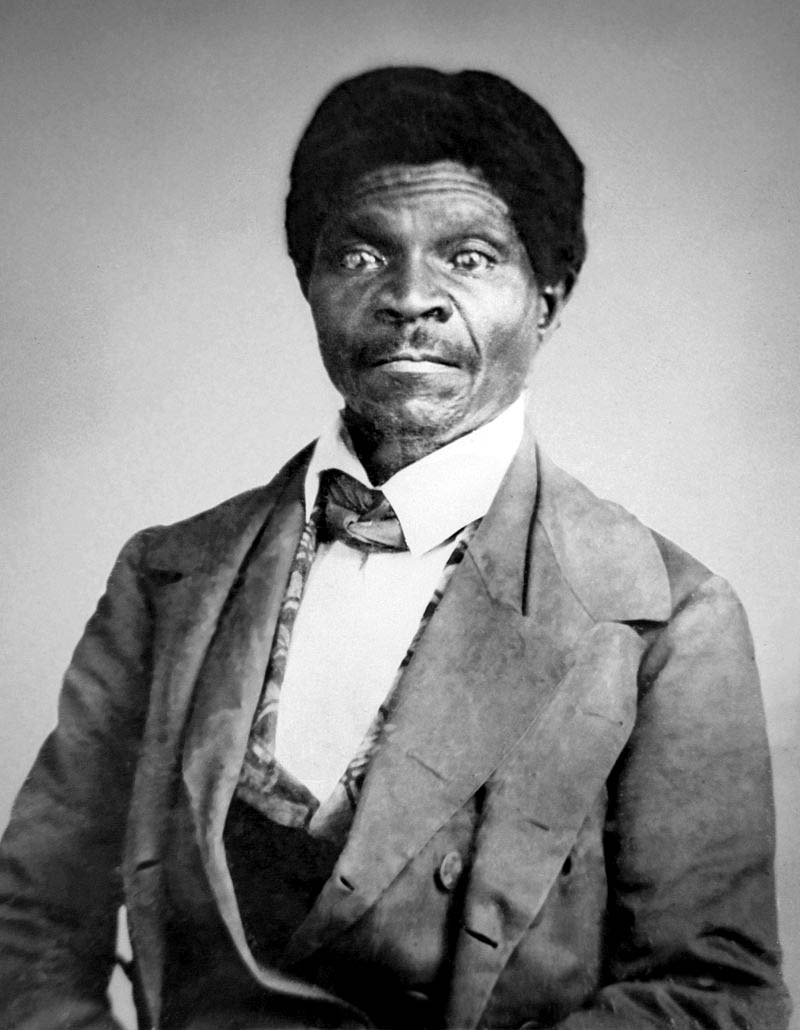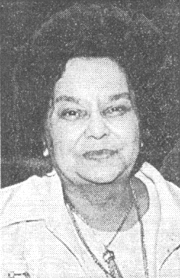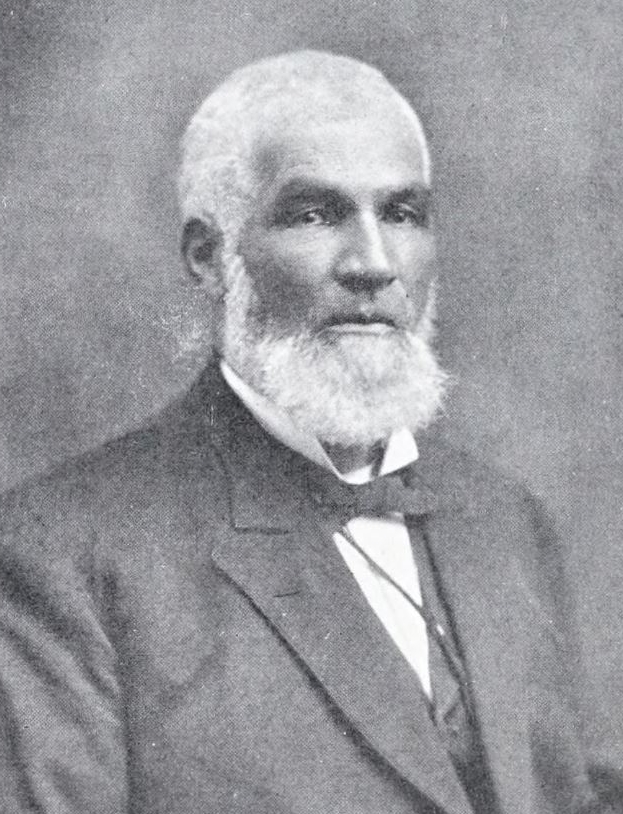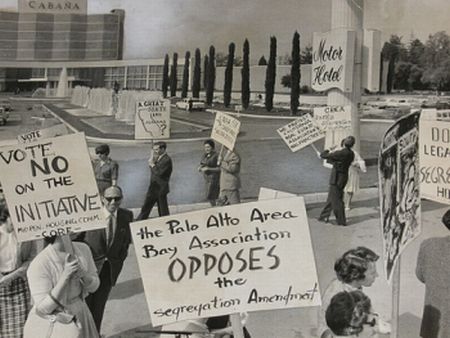Dred Scott, was an enslaved person noted mainly for the unsuccessful lawsuit brought to free him from bondage. The decision rendered by the U.S. Supreme Court in 1857 in the Dred Scott case, said that no blacks slave or free were U.S. citizens and allowed slavery in all U.S. territories. The decision helped propel the United States toward the Civil War.
Scott was born into slavery in Southampton, Virginia, around 1795, the property of the Peter Blow family. He was given the name “Sam” but took the name of his older brother, Dred, when the latter died. Scott was taken by the Blow family to Huntsville, Alabama where they settled on a nearby farm. When farming proved unsuccessful, the family in 1830 relocated to St. Louis, Missouri. In 1831 his owner, Peter Blow, died, John Emerson, U.S. Army surgeon, bought him and took him to Fort Armstrong, in 1833 when Emerson was assigned there. In 1836 Emerson was transferred to Fort Snelling in Wisconsin Territory (later Minnesota Territory) and Scott was taken with Emerson.
In 1836, Scott who was approximately 41, married a teenaged slave, Harriet Robinson, at Fort Snelling who was owned by another U.S. Army officer, Major Lawrence Taliaferro of Virginia. Scott and Robinson gave birth to their first child, Eliza, in 1838 and a second daughter, Lizzie, in 1840. The U.S. Army reassigned Emerson to Jefferson Barracks, south of St. Louis in 1837 and Fort Jessup, Louisiana, in 1838. The Scotts were brought briefly to Louisiana where Emerson married Irene Sanford, a native of New York. The Emersons and Scotts returned to Fort Snelling later in 1848 and remained there for four years until 1842 when Emerson permanently left the Army and settled in St. Louis with the Scott family. By this point Scott had been in free territory nearly a decade, Harriet even longer, and their two children were born free.
In 1843, Emerson died and left his estate to his widow, Irene Sanford Emerson. When Scott offered to purchase his freedom for $300 in 1846, Emerson refused his offer. He then obtained the assistance of two St. Louis attorneys who helped him to sue for his freedom. His 1846 lawsuit was filed in the St. Louis Circuit Court and went to trial in 1847.
Scott lost this case, but later that year he won a second trail. By this point Scott received financial support and legal representation from the sons of Peter Blow, his former owner, who had become anti-slavery advocates, Irene Sanford Emerson’s brother, John Sanford, and her second husband, Dr. C.C. Chaffee, a Massachusetts abolitionist. To all of them the Scott case as an important challenge to slavery.
In 1850, a Missouri jury decided in favor of the freedom of both Dred and Harriet Scott on the grounds that they had illegally been held as slaves while living in Illinois and Wisconsin Territory. Two years later, in 1852, the Missouri Supreme Court struck down the lower court’s ruling and the Scotts, who had been living away from Irene Sanford, were immediately returned to her. The Missouri Supreme Court’s decision was appealed to the U.S. Supreme Court. By this point the case garnered national attention. One of the attorneys for Scott was Montgomery Blair who would emerge as a leading figure in the newly created Republican Party.
On March 6, 1857, the United States Supreme Court finally ruled in Dred Scott v Sandford [Sanford was misspelled by a court clerk]. In a 7-2 decision written by Chief Justice Roger B. Taney, the majority of justices said that Scott and all slaves and free blacks were not citizens of the United States and therefore had no standing in the courts. Shortly after the decision was handed down Mrs. Emerson freed Scott. The case itself led to the nullification of the Missouri Compromise of 1820, allowing the expansion of slavery into formerly free territories and the legal principle that African Americans, slave or free, were not citizens of the United States. The backlash to this decision strengthened the abolitionist movement and further divided the North and South, leading four years later to the U.S. Civil War.
After he was freed, Dred Scott went to work as a porter in the St. Louis area. He died from tuberculosis in September 1858. Harriet Scott died eighteen years later on June 17, 1876.



















